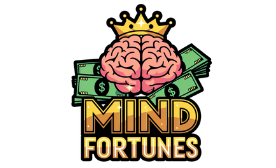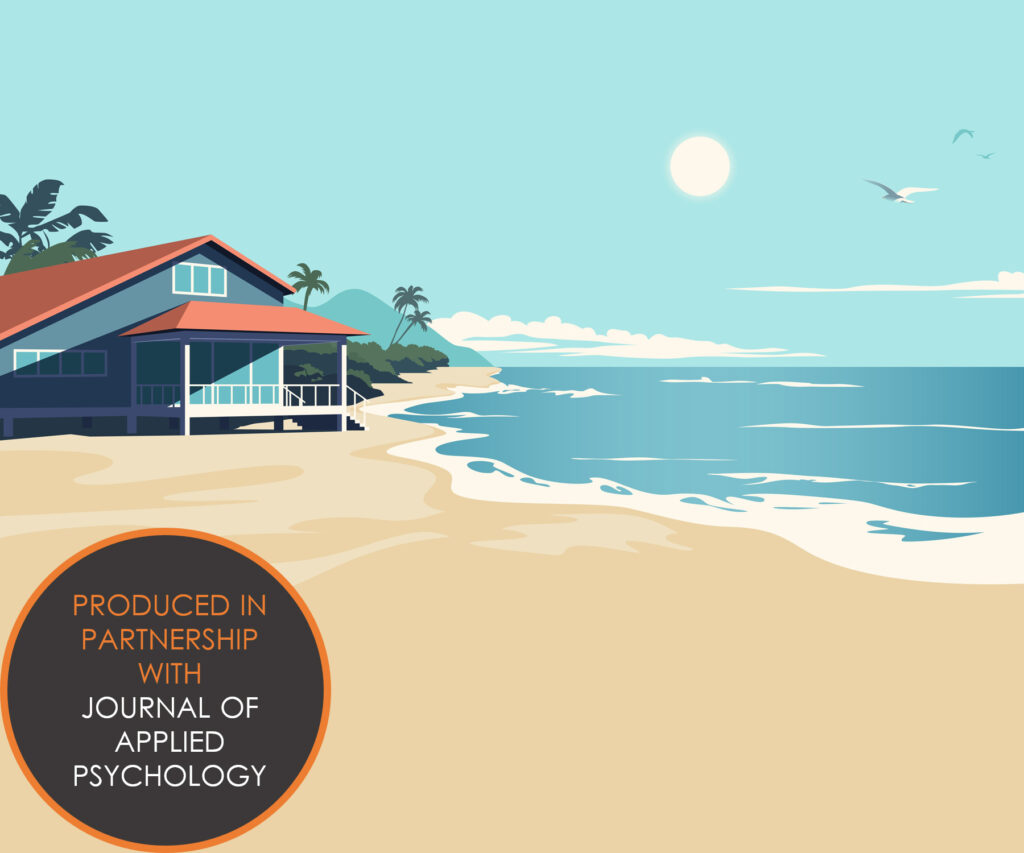When employees feel overwhelmed by work, they often look forward to taking a break and enjoying a holiday. However, there is conflicting research on whether the benefits of vacations truly last, how long they endure, and which types of holidays are most beneficial for employees. A recent meta-analysis, which combines findings from over 30 studies, delves into the impact of holidays on employee well-being.
Insights from the Study
According to Grant et al. (2025), employee well-being improves during and immediately after a vacation compared to before the holiday. Although the positive effects on well-being decrease post-vacation, employees’ well-being levels remain elevated above pre-vacation levels for an average of 21 days.
The study also highlights that certain aspects of a holiday can influence its benefits for employees. Longer vacations are linked to a more significant increase in well-being, but they also result in a more pronounced decline upon returning to work. Engaging in physical activities, such as walking, has the strongest correlation with well-being, followed by social activities like dining with friends, while passive activities such as lounging by the pool have no discernible effect. Employees who disconnect from work mentally during their vacation experience greater benefits than those who remain connected to work during their time off.
Practical Implications
The positive effects of vacations on employee well-being appear to last longer than previously believed. The researchers suggest that it may take up to 43 days for employees to fully revert to their pre-vacation levels. Therefore, organizations should encourage employees to use their vacation days and avoid penalizing those who take time off. For employees, completely disconnecting from work and engaging in physical activities are essential for maximizing the benefits of time off.
Grant, RS, Buchanan, BE, & Shockley, km (2025). I need a holiday: a meta-analysis of vacation and well-being of employees. Journal of Applied Psychology. Advance Online Publication.
Image Credit: Unsplash+

